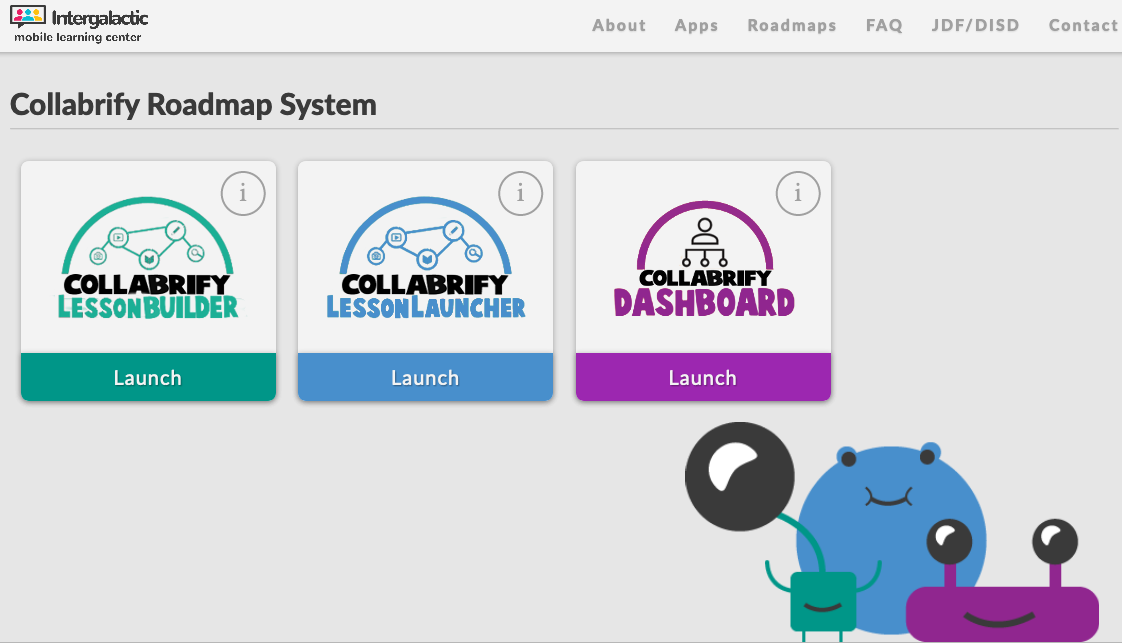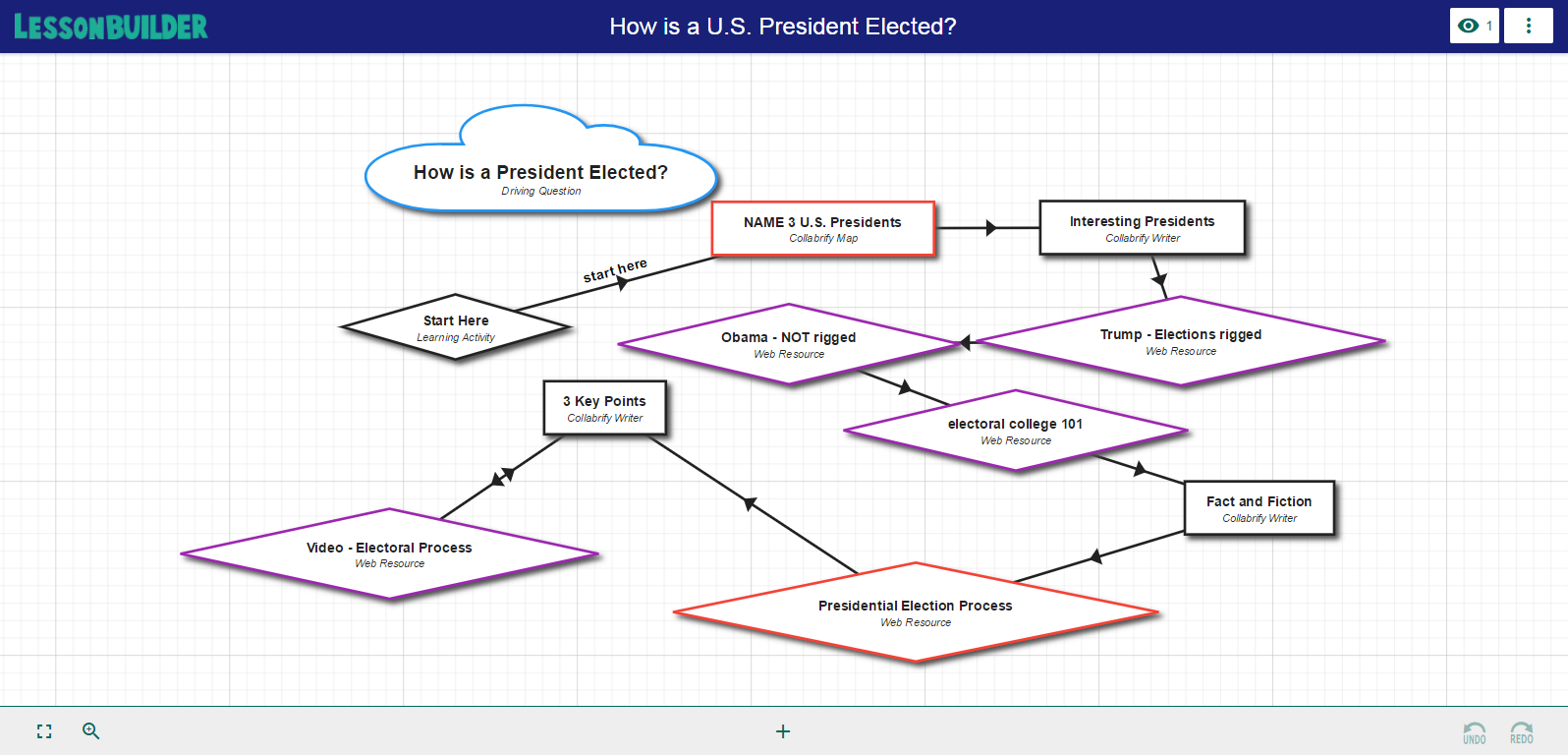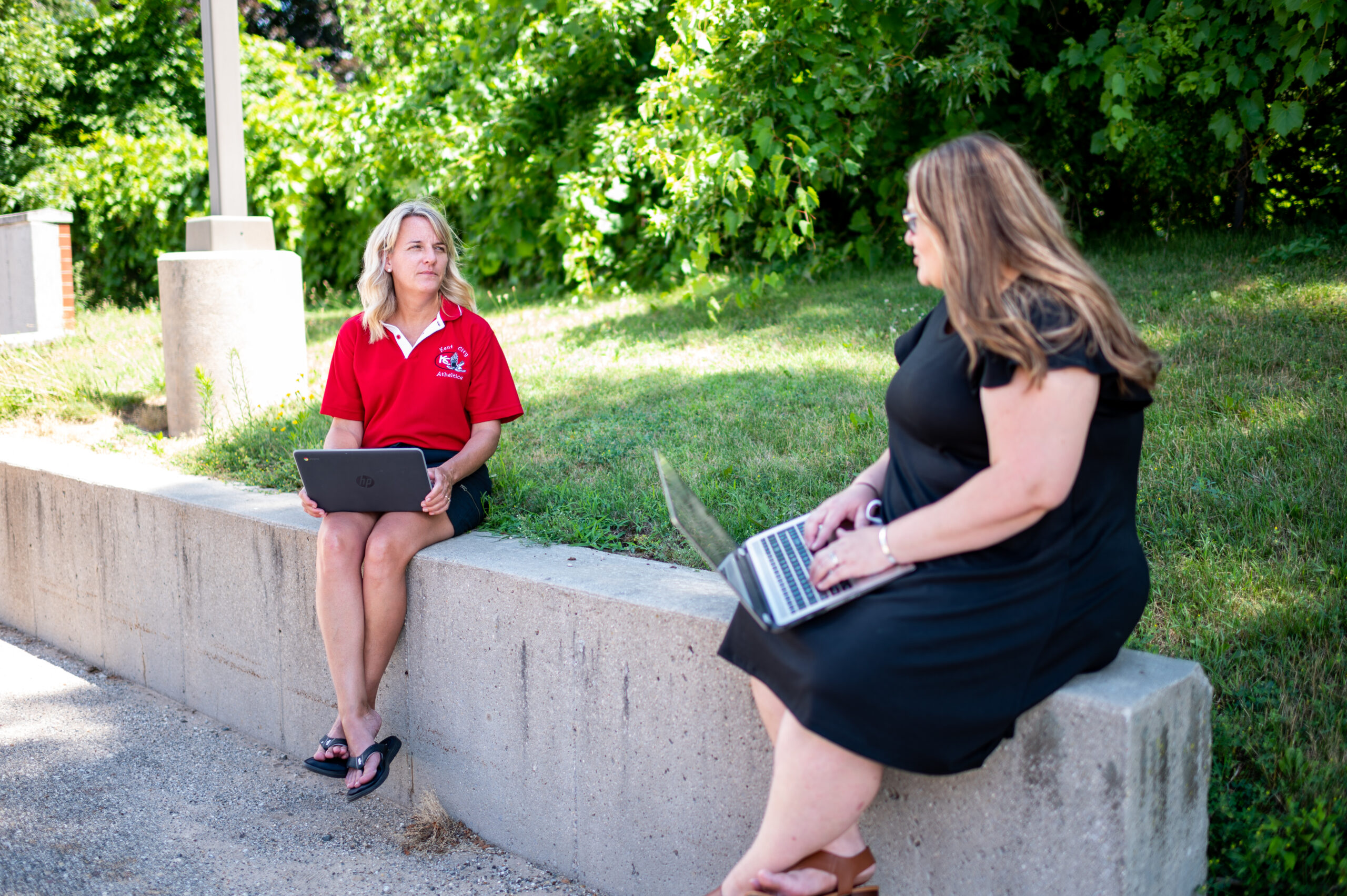Roadmap for teachers: U-M free online learning platform paves the way
K-5 teachers and students throughout Michigan are building thriving learning communities online by using free deeply-digital, standards-aligned curricula and platform developed by the U-M Center for Digital Curricula.
Like thousands of K-12 teachers across the country, Dawn Michalek faces an uncertain school year.
She’s implementing a combination of in-person and remote learning in her third grade class at Bay City Public Schools, and that means bridging the gap between online and in-person learning.
“I think what a lot of teachers are facing is ‘how am I going to deliver what these kids need to know in a way that’s engaging’ because we can’t use our normal teacher tools,” she said. “When kids aren’t in front of you, it can be very difficult to tailor your instruction.”

 Enlarge
Enlarge
But Michalek has help from the Collabrify Roadmap platform, a set of free, customizable digital learning tools developed by the Center for Digital Curricula at the University of Michigan College of Engineering. Michalek was an early adopter of the platform last year, and she’s now one of hundreds of teachers who have used Collabrify Roadmaps with an estimated 4,000 students at public and charter schools across Michigan, including Bay City and Kent City.
The platform provides teachers with scheduling templates that can be customized to make all the activities that would normally take place in their classrooms available at home. The system guides students through the day, points them to the resources they need to complete their work and enables them to collaborate with teachers and each other.
These are kids who grew up with the internet and we can’t send them home with stacks of paper. The teachers know this because they work with the kids every day. Our mission is to provide digital curricula that’s aligned with standards and that teachers can use day in and day out
Elliot Soloway, U-M engineering professor

 Enlarge
Enlarge
The platform also provides a searchable repository of online lessons developed and vetted by teachers. And because it can be used either in the classroom or remotely, Michalek is counting on it to be a bridge between remote and in-person learning that can keep the school year going whether students are in the classroom or at home.
Created last summer as a supplemental tool to make educational resources more widely available to Michigan teachers, the system’s use exploded in the spring when the COVID-19 crisis closed schools across the state. Its creators, which include U-M professor Elliot Soloway, worked through the summer to prepare the system for a new school year and get it in front of more Michigan teachers.

 Enlarge
Enlarge
“When we started, we went from zero to 1,500 students in three weeks,” said Soloway, professor of education, information, and electrical engineering and computer science. “These are kids who grew up with the internet and we can’t send them home with stacks of paper. The teachers know this because they work with the kids every day.
“Our mission is to provide digital curricula that’s aligned with standards and that teachers can use day in and day out.”
Soloway co-directs the Michigan Engineering Center for Digital Curricula, which he co-founded in July to address what he saw as a gap between the technological tools being made available to students and the teaching tools available to teachers.
While tools like Google Classroom can help streamline classroom logistics like grading and file sharing, Soloway says there was no single, reliable source for managing digital curricula.
“A lot of schools have attempted to arm their kids with some type of digital device to assist in learning—a Chromebook or a tablet,” said Don Manfredi, mentor-in-residence at the U-M Office of Technology Transfer who helped launch the center. “But the content to actually take advantage of these devices was very far behind. So the idea was, let’s provide teachers with a deeply digital curricula to make these devices more valuable to the kids. And with COVID-19, it’s just gotten pushed to the forefront.”
The center relies on a core group of seven Michigan teachers who create and vet digital content in addition to their teaching duties. And while Soloway is open to expanding the program in the future, he says the team is sticking to Michigan schools for now.
“It could be outside of Michigan, absolutely,” Soloway said. “But we’ve been focusing on the state of Michigan. We’re at the University of Michigan. So we feel an allegiance or loyalty to Michigan, and we’re going to make Michigan students, Michigan schools work.”

 Enlarge
Enlarge
For Billy Freeland, a STEM teacher at Kent City Elementary School north of Grand Rapids, Collabrify Roadmaps has become more than a way to unify in-person and remote learning. It has changed the way students learn, making them more likely to collaborate with each other to solve problems. And it provides an important social outlet for students who no longer see each other in person every day.
“I was really surprised at the ability of the platform to have students be creative and use their own abilities. And they love to look at each other’s creations,” Freeland said. “I think putting that learning on them and giving them the opportunity to be in charge of their learning is really big.”
Students have also responded well to the system, including Emma, a student at Kent City Elementary School. She particularly likes the fact that the platform enables her to work together with other students, giving help to others and getting help when she needs it.
“We can talk and give each other suggestions,” she said. “And if you need help, like if you’re trying to figure out how to do something that another person did, they can help you out.”
Daily Zoom webinars for teachers on how to use the resources are scheduled for 1 p.m. Monday, Wednesday and Friday and 8 p.m. Tuesday and Thursday.
More information:
- Searchable repository of digital classroom tools: GoOpenMichigan
- U-M Center for Digital Curricula
- This Is Michigan
 MENU
MENU 
